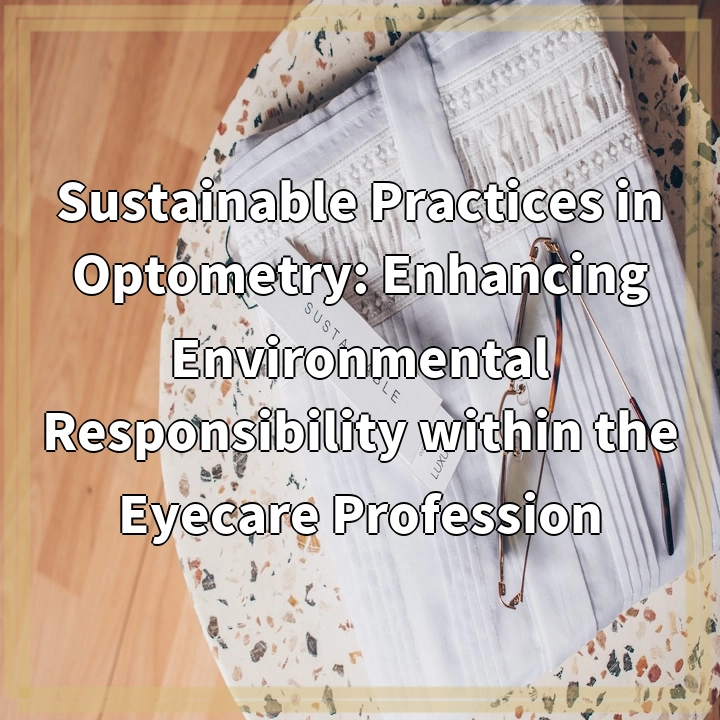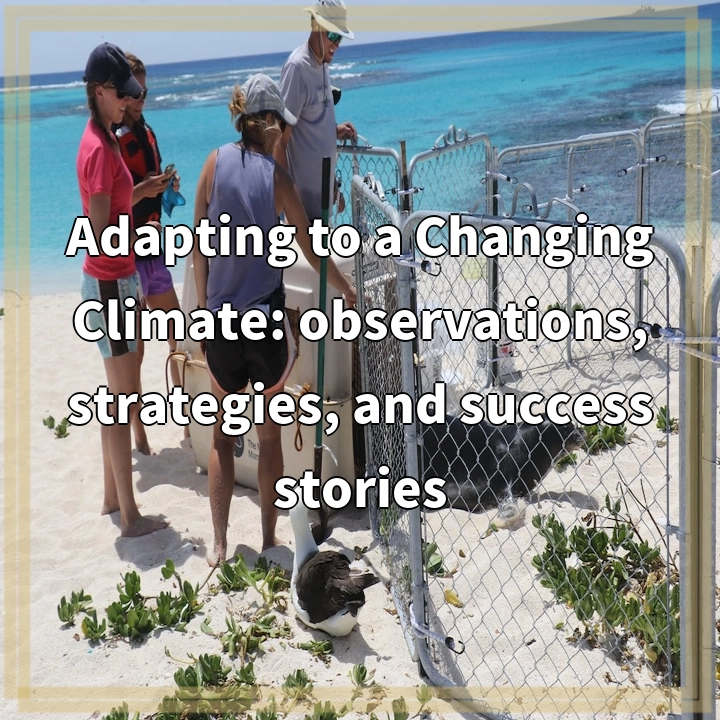
What it is:
Sustainable Practices in Optometry: Enhancing Environmental Responsibility within the Eyecare Profession
The field of optometry focuses on the diagnosis, treatment, and prevention of eye diseases, as well as the correction of vision problems. However, in recent years, there has been an increasing emphasis on incorporating sustainable practices within the eyecare profession. Sustainable optometry refers to a set of practices aimed at minimizing the environmental impact of eyecare services, eyewear production, and office operations, while still providing quality eye care to patients.
Real-world problems:
The eyecare profession, like many other healthcare sectors, faces several environmental challenges that need to be addressed:
1. Waste generation:
The use of disposable products in optometry, such as contact lenses, lens cleaning solutions, diagnostic tools, and wrapping materials, contributes to significant waste generation. Improper disposal of these items can harm the environment and may end up in landfills or water bodies, posing risks to wildlife and ecosystems.
2. Energy consumption:
Optometry clinics often rely on energy-intensive equipment, including diagnostic instruments, sterilization devices, and lighting systems. The energy consumption associated with these facilities contributes to greenhouse gas emissions and contributes to climate change.
3. Water usage:
Water is crucial in various optometric procedures, including cleaning contact lenses, sterilizing instruments, and maintaining hygiene in the office. However, the excessive and inefficient use of water can strain local water resources, especially in areas facing water scarcity or droughts.
4. Hazardous substances:
The eyecare profession utilizes various chemicals and substances in processes like lens production, cleaning solutions, and pharmaceuticals. Improper handling and disposal of these substances can have adverse effects on both human health and the environment, causing pollution of soil, water, and air.
5. Carbon footprint:
The carbon footprint of the eyecare profession includes the emissions generated by transportation, manufacturing and distribution of eyewear and other related products. The excessive carbon emissions contribute to climate change and environmental degradation.

Solutions to Environmental Challenges in Optometry:
1. Reduce waste generation:
Optometry practices can implement strategies to minimize waste generation, such as promoting the use of reusable diagnostic tools, encouraging patients to switch to reusable contact lenses, and adopting recycling programs for packaging materials and expired medications.
2. Improve energy efficiency:
Optometry clinics can invest in energy-efficient appliances and lighting systems to reduce energy consumption. Additionally, implementing energy-saving practices like turning off equipment when not in use and optimizing office temperature can significantly lower the carbon footprint of the eyecare profession.
3. Optimize water usage:
By adopting water-saving technologies and practices, such as using water-efficient equipment, implementing greywater recycling systems, and educating staff and patients about water conservation, optometry practices can reduce their water consumption and contribute to sustainable water management.
4. Proper handling of hazardous substances:
Optometric clinics should adhere to proper guidelines for handling and disposing of hazardous substances. This includes using eco-friendly lens-cleaning solutions, implementing safe disposal protocols for expired medications and chemicals, and promoting the use of non-toxic and environmentally friendly materials in eyecare practices.
5. Sustainable sourcing and carbon offset:
Optometry practices can partner with eyewear manufacturers that prioritize sustainable and ethical production practices. This includes sourcing eco-friendly materials, reducing carbon emissions in manufacturing and transportation, and supporting carbon offset initiatives to neutralize the carbon footprint of the eyecare profession.















